Why Talk About Vogue Houses and Ballroom Culture?
When discussing queer culture and its impact on global pop culture, two terms inevitably come up: vogue houses and the ballroom scene. Yet, few are truly aware of their deeply rooted history within the Afro-Latinx queer community. Long before shows like “Pose” or “RuPaul’s Drag Race” brought them to mainstream attention, these spaces served as sanctuaries, chosen families, and acts of resistance against racism, homophobia, and transphobia.
Diving into this culture means uncovering the origins of voguing—a powerful dance form with a rich political and artistic legacy.
1. Setting the Stage: New York, 1960s–1980s
Harlem: The Birthplace of Ballroom
The ballroom scene took shape in Harlem’s drag balls, which date back to the early 20th century. These events allowed Black and Latinx drag queens to showcase their identities through fierce competitions. However, these early balls were often dominated by white performers, sidelining queens of color.
In response to this exclusion, queer Black and Latinx communities established their own inclusive spaces: the modern ballroom culture.
A Safe Haven for Marginalized Identities
Ballrooms became safe spaces for trans people, gay men, lesbians, queers, and non-binary individuals. At a time when systemic discrimination, poverty, and the AIDS crisis ravaged communities, these gatherings represented a creative sanctuary and a means of survival.
2. Houses: More Than Families, a Survival Network
What Is a House?
A House is much more than a group—it’s a chosen family led by a Mother or Father, guiding and protecting members often rejected by their biological families. These leaders provide not only emotional support but essential resources for survival.
Some iconic Houses include the House of LaBeija, House of Xtravaganza, and House of Ninja.
A Social and Competitive System
While Houses compete fiercely at balls, they also serve daily vital roles:
- Provide shelter for homeless LGBTQ+ youth
- Preserve and transmit queer history and identity
- Train members in voguing and other performance arts
These Houses operate as alternative queer micro-societies grounded in community, creativity, and empowerment.
3. Voguing: Dance, Art, and Defiance
The Origins of Voguing
Voguing emerged in the 1980s, inspired by fashion magazine poses—particularly from Vogue. This highly stylized dance combines:
- Angular arm and hand movements
- Sharp, frozen poses
- Dramatic fluidity
- Elements from runway walking and high fashion
Styles of Voguing
There are three main voguing styles:
- Old Way: Emphasis on clean lines, symmetry, and grace
- New Way: Incorporates more flexibility, precision, and physical contortion
- Vogue Fem: Highly dramatic, drawing from hyper-feminine movements and diva energy
A Dance of Resistance
More than a dance, voguing is a political expression. Performing on the ballroom floor is a radical act—reclaiming visibility and power for bodies historically marginalized.
4. Categories at Balls: Beyond Dance
Ballroom competitions extend well beyond voguing, featuring diverse categories that challenge participants to embody fantasy, beauty, and realness:
- Realness: Passing convincingly as a specific identity (corporate executive, soldier, cisgender woman, etc.)
- Runway: Walk the catwalk with poise and flair
- Face: Highlight facial beauty and expressive control
- Body: Showcase physicality—from curves to muscularity
- Bizarre: Exhibit bold, avant-garde costumes and creative expression
Each category reflects symbolic aspirations— offering participants a chance to access identities and statures society often denies them. Winning “Executive Realness,” for instance, can feel like momentarily living the life of someone with real-world privilege.
5. Going Mainstream: From Harlem to Madonna—and Beyond
Paris is Burning (1990)
Directed by Jennie Livingston, the landmark documentary Paris is Burning captured late ’80s ballroom life in NYC with intimate portraits of icons like Pepper LaBeija, Dorian Corey, and Willi Ninja. It introduced ballroom’s heart and houses to a global audience.
Madonna’s “Vogue” (1990)
The same year, Madonna unleashed her hit single “Vogue,” catapulting vogue dance into the pop mainstream. While it offered unprecedented visibility, it also sparked conversations about cultural appropriation and how credit was—and wasn’t—given to the queer communities that birthed voguing.
6. The Modern Revival: Pose, Legendary, and Drag Race

Pose (2018–2021)
The critically acclaimed series Pose, created by Ryan Murphy, Brad Falchuk, and Steven Canals, changed TV history with the largest trans and queer cast ever assembled. The show spotlighted ballroom life, HIV activism, and class struggles in 1980s–90s NYC.
The cultural impact of Pose has been massive:
- It introduced the ballroom scene to millions worldwide
- It elevated Black and Latinx trans actresses like MJ Rodriguez, Indya Moore, and Dominique Jackson
- It reaffirmed ballroom as a living, breathing culture, not a relic of the past
Legendary and Global Competitions
HBO Max’s Legendary brought voguing to reality TV competition format, with established Houses facing off in dazzling performance battles. This show confirmed that ballroom now thrives internationally, with active scenes in cities like Paris, Tokyo, and Berlin.
RuPaul’s Drag Race: An Indirect Heir
Though not ballroom-centric, Drag Race owes much to ballroom. Elements like runway challenges, lip-sync battles, and “realness” themes are directly inspired by ball culture traditions.
7. A Living Queer and Political Legacy
Intersectionality and Activism
Ballroom is far more than entertainment—it’s a platform for activism. The Houses bravely confront:
- Systemic racism
- Transphobia and homophobia
- Healthcare inequality, especially around HIV/AIDS
- Economic marginalization
Local Ballroom Scenes Across the Globe
Today,


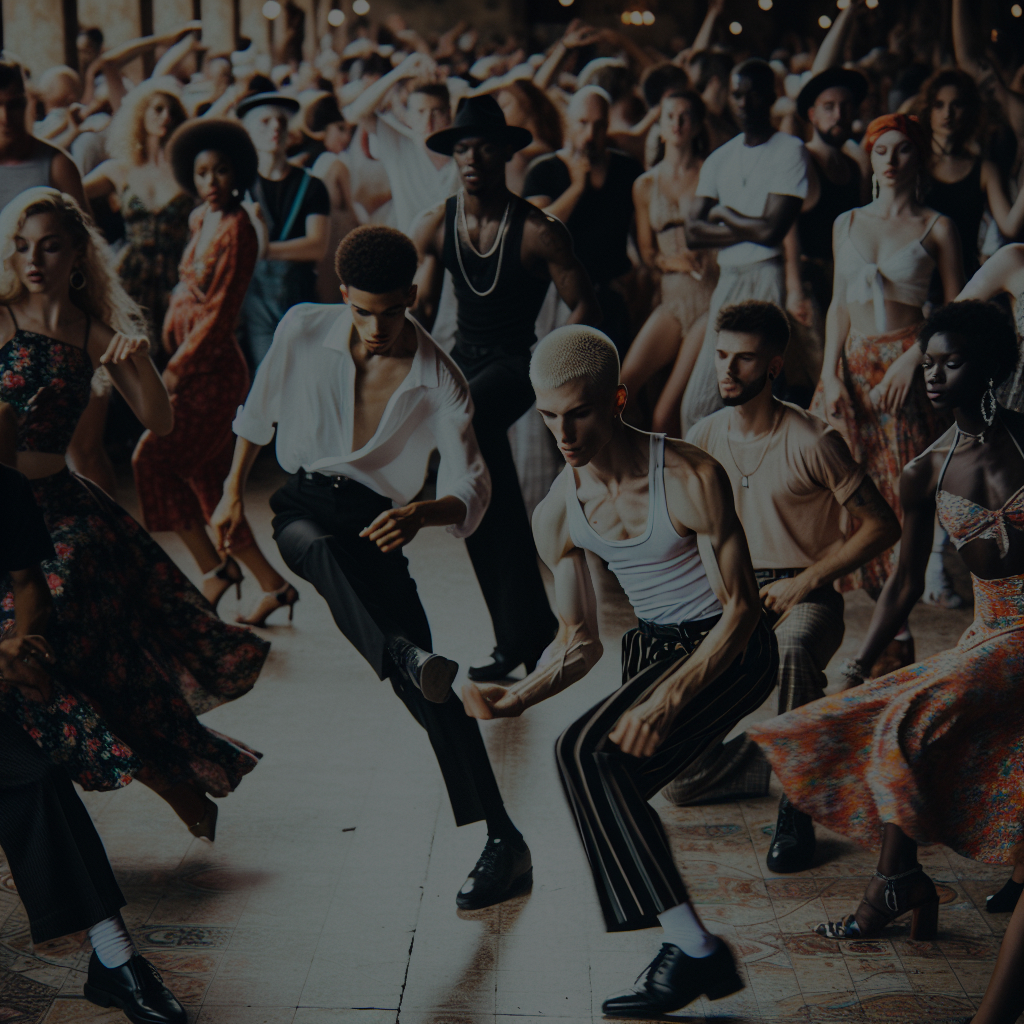
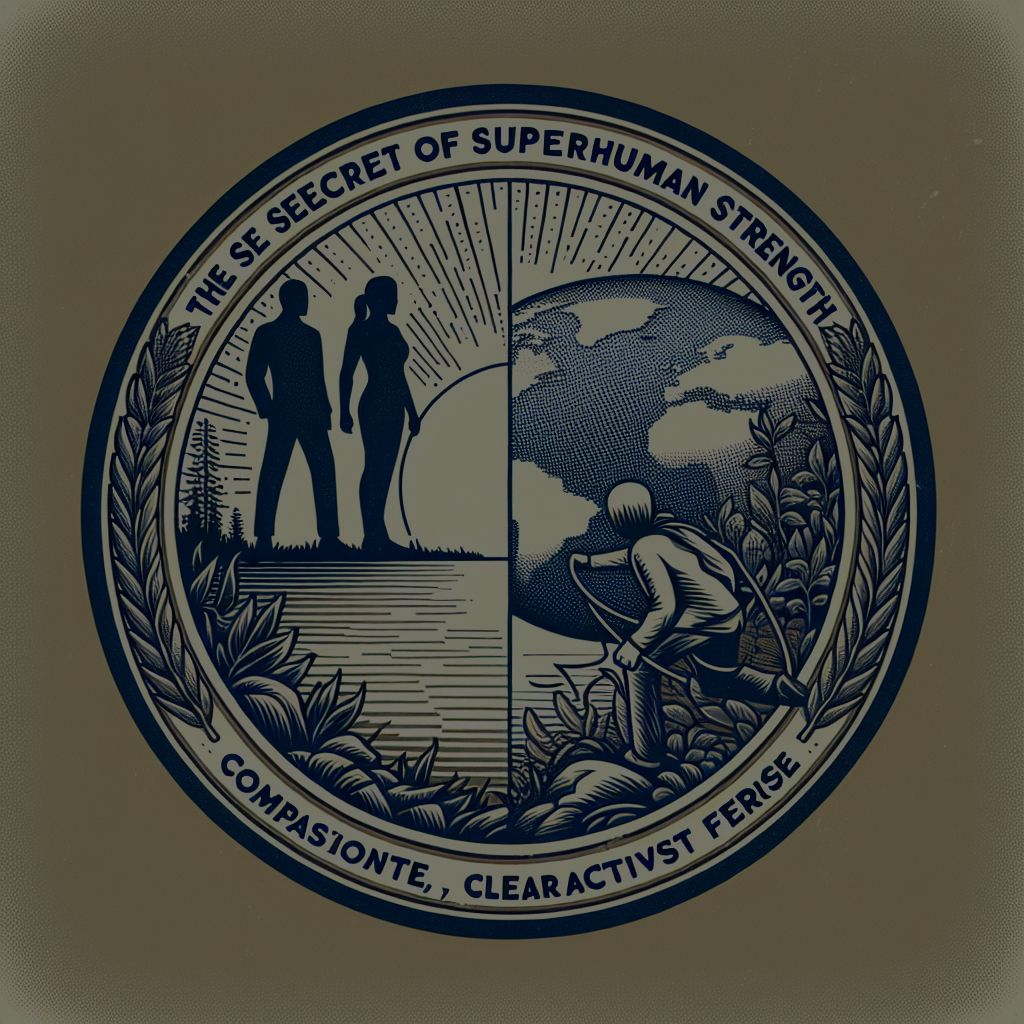
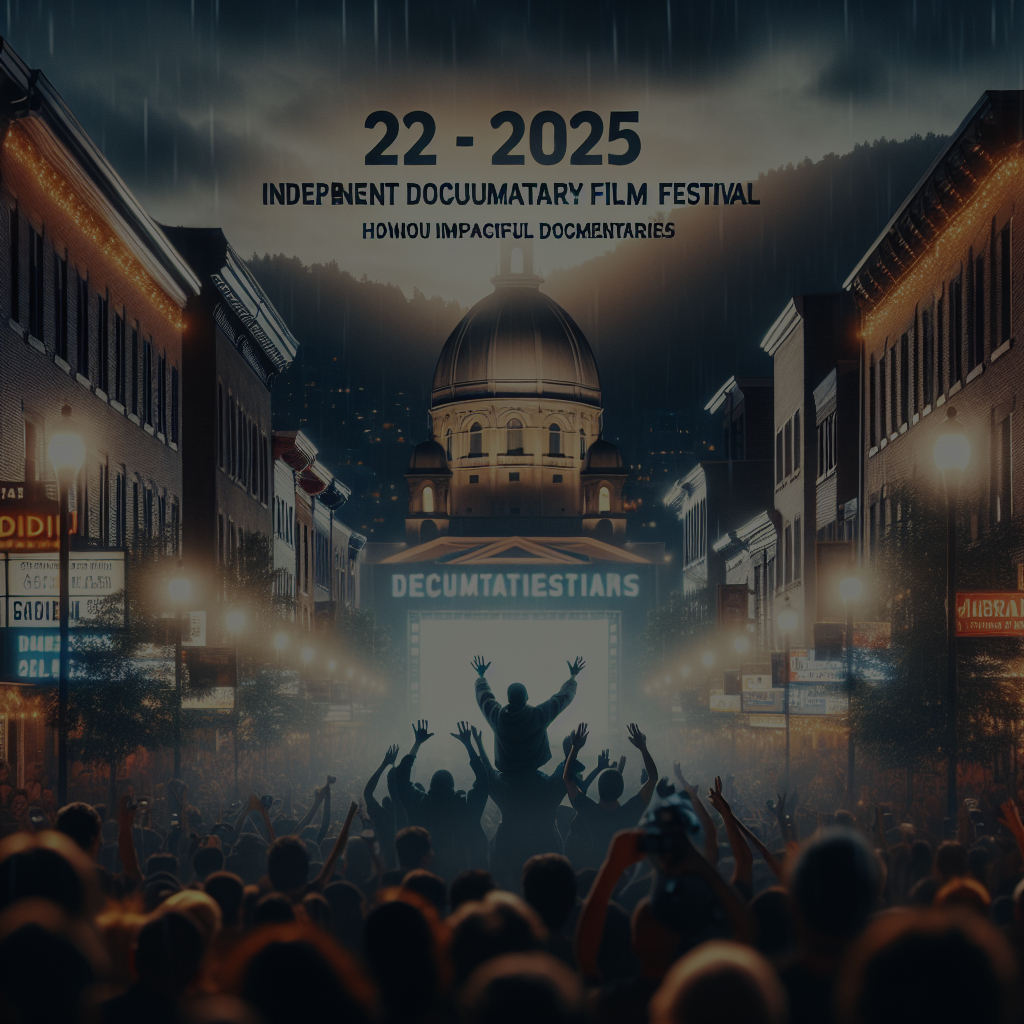
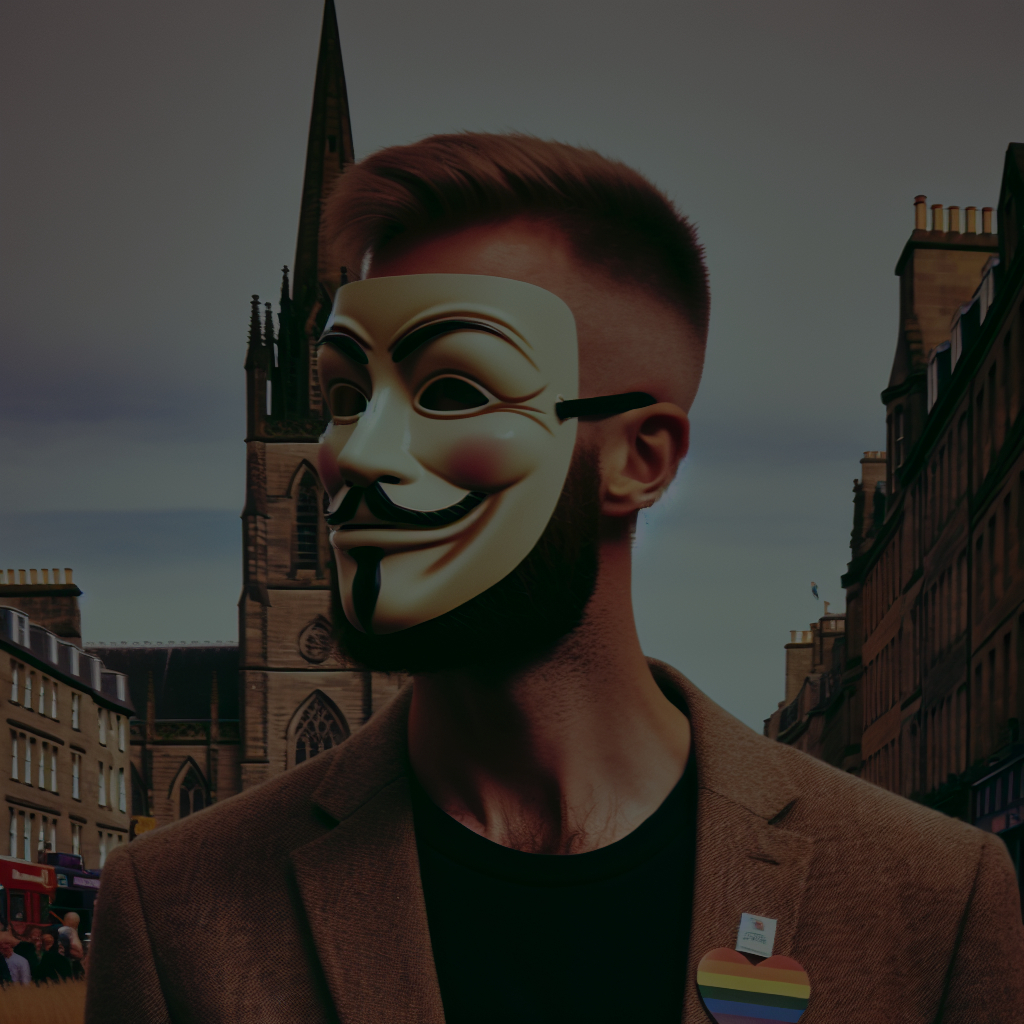

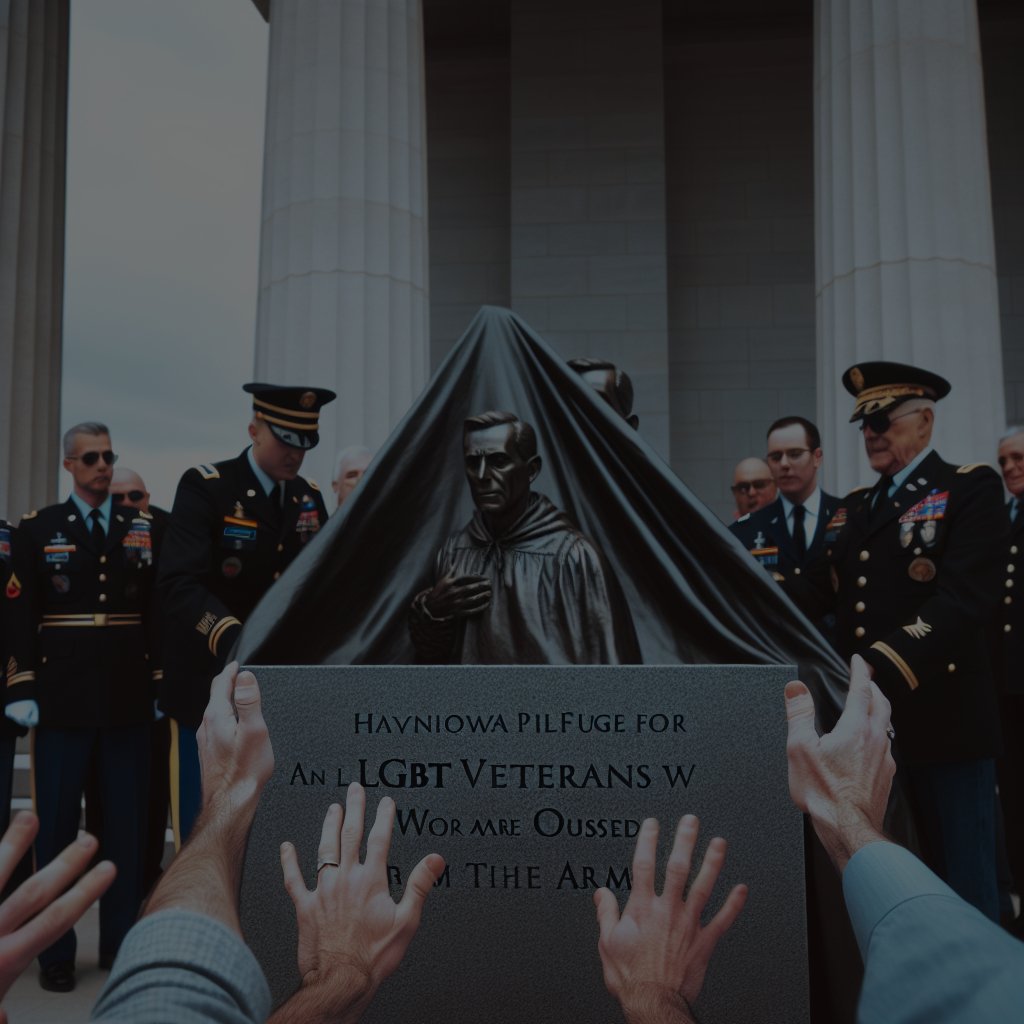

Deja una respuesta